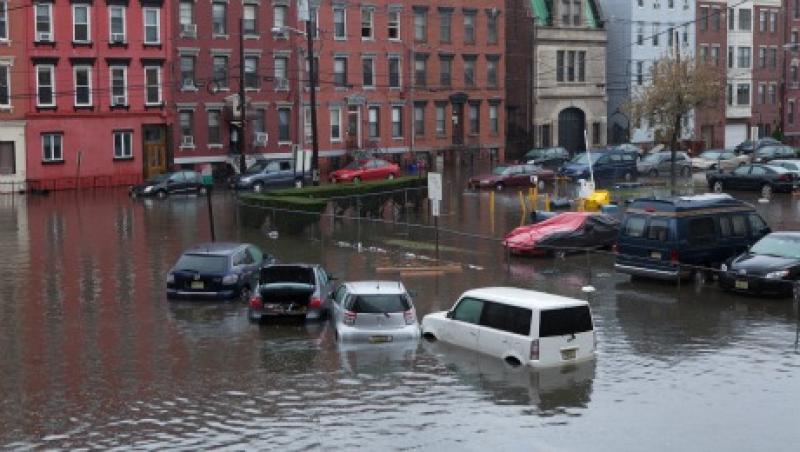
Preparing for the Next Hurricane Sandy
Three years after Sandy wreaked havoc on the U.S., most companies still are not reporting on their readiness to deal with similar disasters.
Mindy Lubber
October 29, 2015


